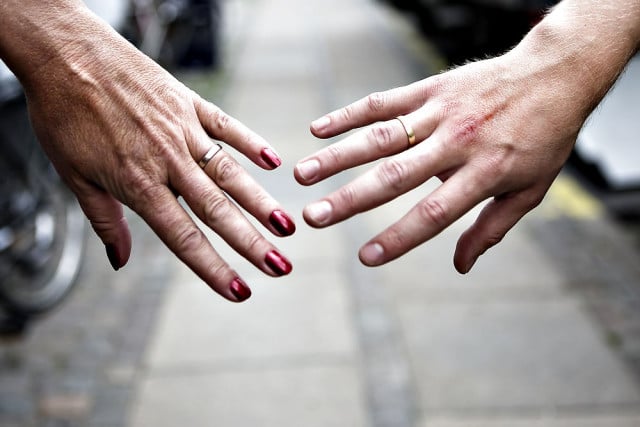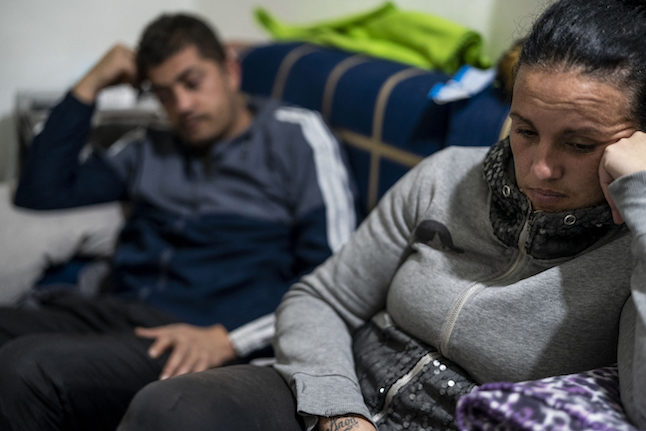Denmark’s population is expected to reach 6 million by 2026
The latest population projection, released at the beginning of this year, shows an expected population increase of 4.6 percent – or 268,000 people – by 2030, taking the total number of people in the country over 6 million by 2026. The population reached 5.8 million in late 2018.
But populations in small towns and rural areas are declining
Most small towns and rural districts – defined as those with 2,000 residents or less – saw populations shrink by up to 5 percent between 2010 and January 1st this year.
READ ALSO:
- I moved to Copenhagen and expected to become a local. The reality was different
- Why provincial Denmark is a great place to be for an international family
- I quit Microsoft and moved to Denmark for love, but finding work was tough. Here’s how I adapted
Vesterbro in Copenhagen is the most highly populated parish in the country
Vesterbro, a trendy district of Copenhagen known for its nightlife and restaurants in areas such as Kødbyen/the Meatpacking District – but also for gentrification – is the most heavily-populated parish in Denmark.
45,576 people lived in the parish in January 2019, over 15,000 more than in second-placed Islands Brygge, on the other side of Copenhagen Harbour.

A packed Vesterbro during the Distortion festival. Photo: Ida Marie Odgaard / Ritzau Scanpix
Asylum seeker numbers were stable in 2018
2018 saw 3,559 people apply for permission to stay in Denmark as refugees, a figure very similar to the 3,500 registered in 2017. In 2015, the year in which Europe’s refugee and migration crisis peaked, 21,315 people applied for asylum in Denmark – of which 11,539 came in the final three months of the year.
The most recent year in which asylum seekers were fewer in number than in 2017 was 2008, when 2,409 were registered.
READ ALSO: Denmark's asylum figures are at their lowest since 2008. So why the election focus on refugees?
33 percent of first-time mothers are married
In 2017, 33 percent of first-time mothers were married, compared to 40 percent in 1997. The figure rises to 53 percent for women giving birth to their second child.
Life expectancy is 79 years for men and 83 years for women
Life expectancy for both men and women in Denmark has increased almost every year since the beginning of the 1990s. In 2017/2018, the life expectancy for men was 79 years, while for women it was 82.9 years.
46 percent of marriages end in divorce
A calculation of divorce figures in 2012 found that 46.5 percent of all marriages in Denmark ended in divorce. A comparison of that figure with preceding years going back to 1986 found that the worst year for failing marriages was 1989, when 47.3 percent of matrimonies didn’t last.

Photo: Rune Evensen / Ritzau Scanpix
84.5 percent of eligible citizens voted in the 2019 general election
The June 5th general election saw Denmark continue its tradition for high voter turnouts, with 84.5 percent casting their Xs at ballot stations. It was a decrease from the 2015 election, however – 85.9 percent voted four years ago.
Prices are 39 percent higher than the EU average
Figures from 2017 show Denmark as having average price levels for consumer goods at 39 percent above the average for EU countries. Only three countries in Europe have higher average prices, none of which are EU members: Norway, Iceland and Switzerland.
READ ALSO: Denmark is most expensive EU country for consumer goods
Unemployment is extremely low
The current unemployment figure is 103,000, equivalent of 3.7 percent of the workforce.
For the sake of comparison, the Italian employment (not unemployment) rate was 62.3 percent among 20-64 year-olds in 2017.
As (relatively) is the number of people who receive unemployment benefits
In March, 125,900 people received basic social welfare payments for unemployment, known broadly as kontanthjælp. The figure has been falling regularly since 2015 and has not been lower since March 2009.
READ ALSO: What’s it like to work in Denmark as a foreigner? Here's what you told us
One in three people live in apartments
A large proportion of Danes live in apartments, with a national average of one in three. The figure varies wildly depending on location, with 94 and 86 percent of people calling an apartment home in Copenhagen and Frederiksberg municipalities respectively.
0.3 percent were treated for drug addiction in 2017
2017 saw 0.3 percent of the population – or three people in every 1,000 – in 79 municipalities (out of 98) for which data was available receive treatment for drug abuse.
The proportion varied between municipalities, but was no higher than 0.5 percent in any location.
Of the total number of 14,861 who received treatment, 11,110 were men and 3,751 were women.
Traffic laws were broken 101,540 times in 2018
The total number of 189,915 crimes for which convictions were given in 2018 includes 101,540 traffic offences.
Convictions for serious crimes include 57 for murder, manslaughter or attempted murder and 77 cases of rape.
There were 12,706 instances of theft and 358 robberies.
Most Danes are satisfied with life
Is the old line about Denmark being the world’s happiest country true or a cliché? A Statistics Denmark study in late 2015 found that, on a scale of 1 to 10, Danes rated their level of satisfaction with life “here and now” at a respectable 7.5. But they expected it to increase to 8.2 over the coming five years.

Photo: Henning Bagger / Ritzau Scanpix
READ ALSO: Here are the Danish social taboos you should never break



 Please whitelist us to continue reading.
Please whitelist us to continue reading.
Member comments